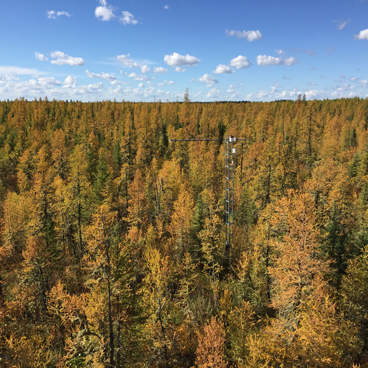GamonLab
Exploring ecosystem function at multiple scales
Welcome to the Gamon Lab website
The Gamon Lab uses remote sensing to study plant biodiversity and function, including the “breathing of the planet” – the exchanges of carbon and water vapor between the biosphere and the atmosphere. Dr. John Gamon is a professor and director of the Nebraska Earth Observatory (NEO), the airborne research program within CALMIT at the University of Nebraska – Lincoln.
“I welcome inquiries from applicants interested in ecology (ecophysiology, ecosystems ecology, ecosystem modeling and biodiversity), remote sensing, informatics and cyberinfrastructure. Current opportunities exist for undergraduate students, graduate students and technical staff (see below). Please complete an online application (see above).”
Projects

Evaluating growing season length and productivity across the ABoVE Domain
Uses novel satellite indices and a ground sensor network to examine terrestrial ecosystem responses to a changing climate (NASA ABoVE Program)
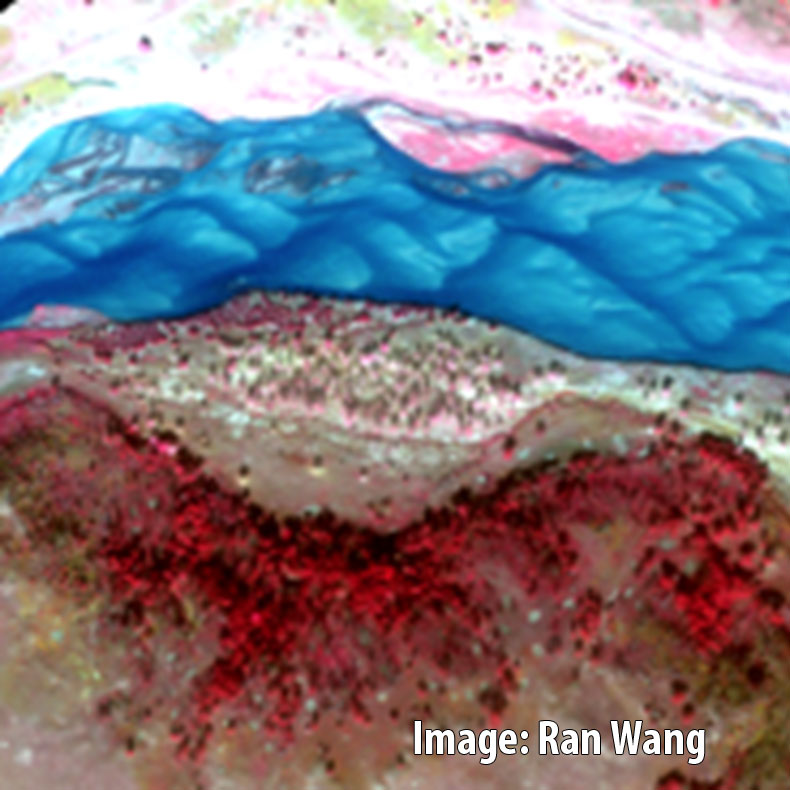
Nebraska Earth Observatory (NEO)
Advanced remote sensing of vegetation function and diversity, with a particular focus on early detection of stress. Forest (red) by the Niobrara River (blue), Nebraska, USA. Fundede by McIntire-Stennis (USDA).
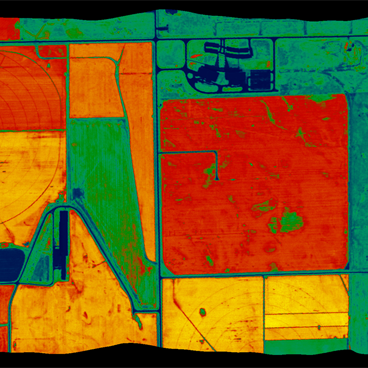
PhotoProxy (Nebraska)
(Collaborative Research, Jülich, Germany, & European Space Agency)
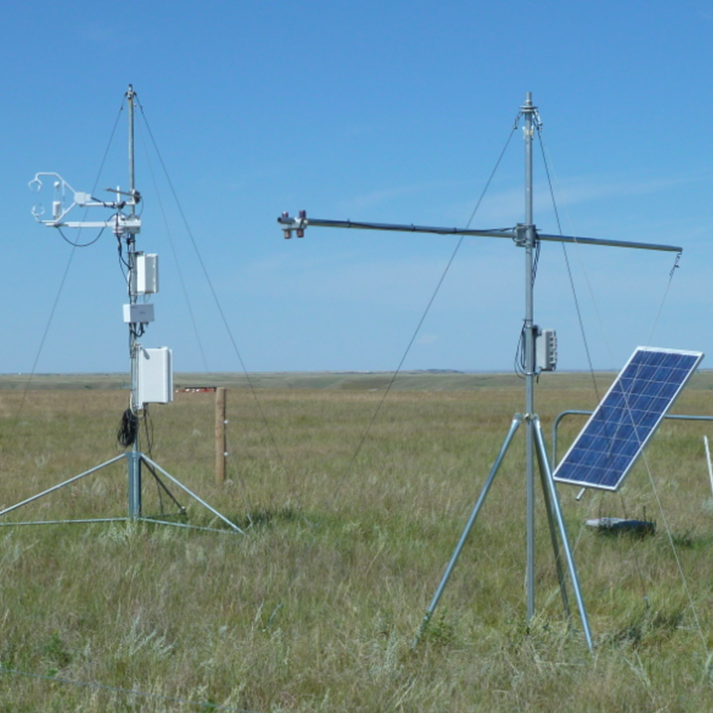
Monitoring prairie diversity and productivity
(various funding sources)
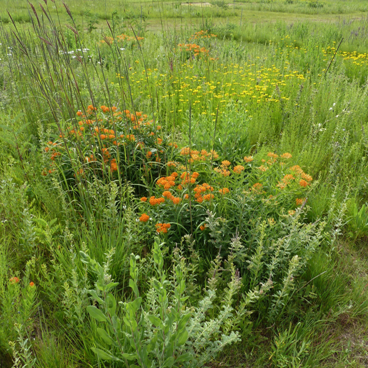
Linking remotely sensed optical diversity to biodiversity
(various funding sources)
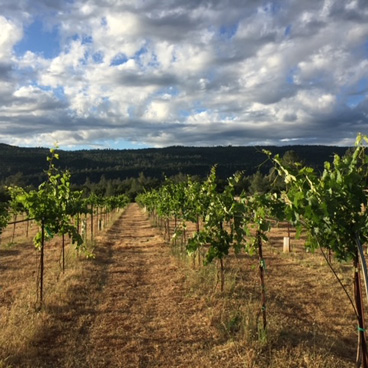
Adapting to climate change
Common-garden study of hot-climate wine grape varieties grown under limited water conditions in volcanic soil, Shasta County, California. (self-funded)
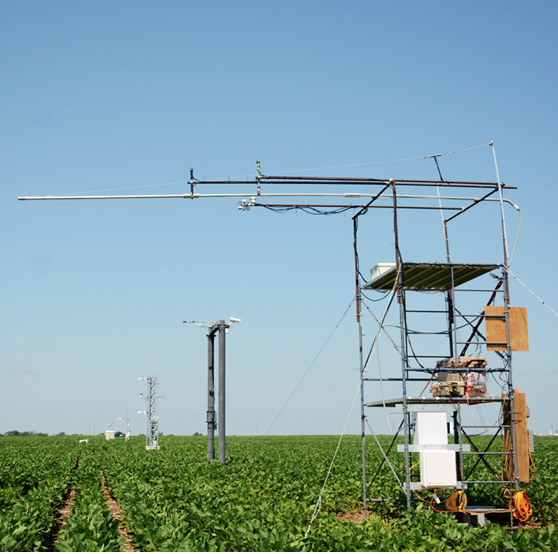
Optical assessment of photosynthesis
Remotely sensed indicators of dynamic photosynthetic processes (various funding sources)
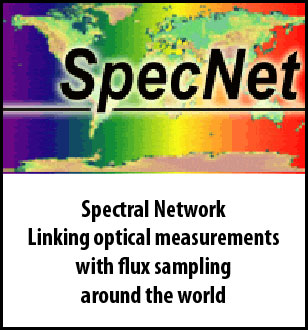
SpecNet
SpecNet (Spectral Network) is an international network of cooperating investigators and sites linking optical measurements with flux sampling for the purpose of improving our understanding of the controls on these fluxes.(Non-profit collaboration)
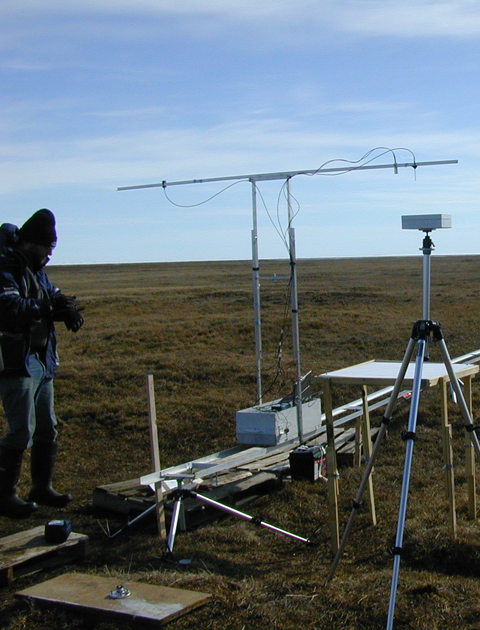
Research Opportunities
Positions available for motivated technicians, postdoctoral fellows, graduate and undergraduate students
Research opportunities are available (University of Nebraska - Lincoln). Duties vary with topic and level of experience & training. Applicants should apply via this website. Direct inquiries will not be accepted.
